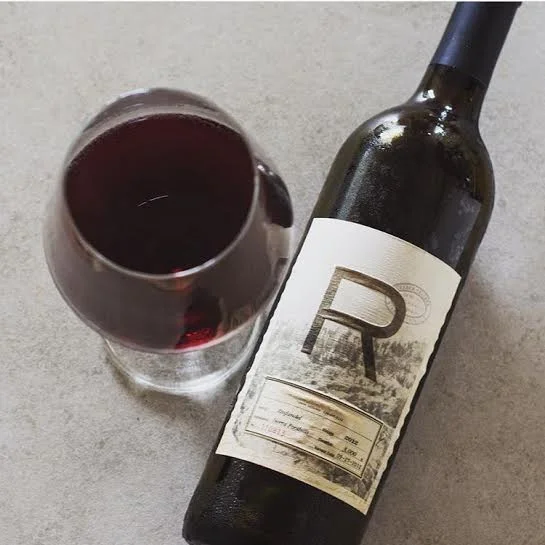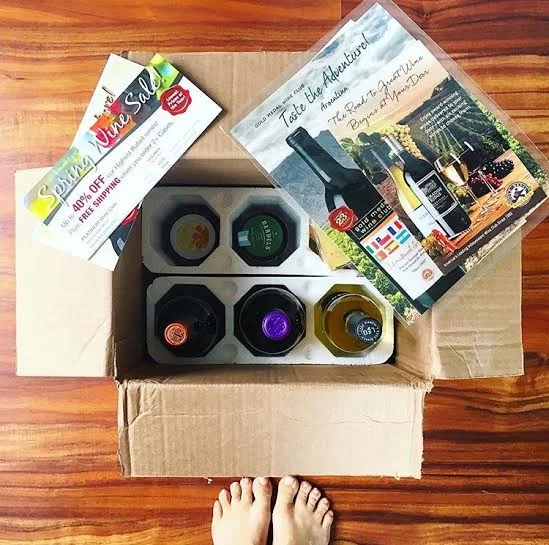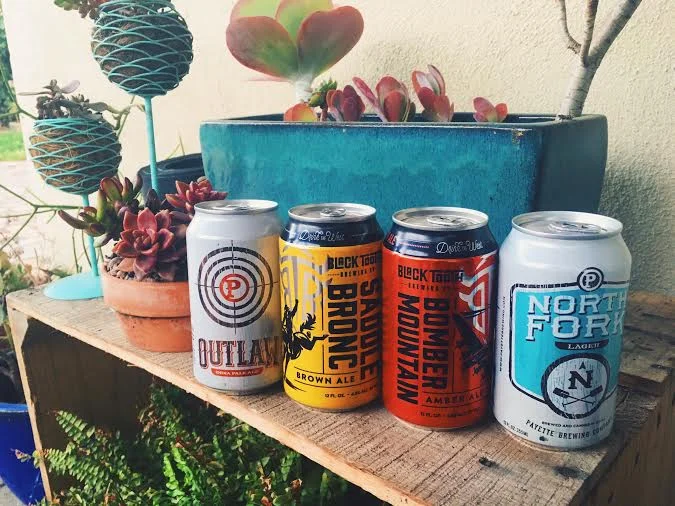First, canned beer weighs less. Less packaging means you can move the same amount of product in fewer trips, reducing a firm's expenses and carbon footprint at the same time.
Whole Foods, which retails its share of craft beer, has seen a 30% increase in canned beer sales in the past year. MarketWatch describes the paradigm shift:
As of 2012, cans constituted 53.2% of the beer market while bottles had a 36.5% share — a fairly significant gap. By contrast, in 2006, the two packagings were much closer in popularity — cans accounted for 48.3% of the market and bottles 41.9%. (Draft beer largely accounts for the rest of brew sales.)
To everyone's delight, canning is also better for a beer's quality, according to Welz.
Cans don't let light in, plain and simple. "Light is destructive to the organic compound in beer that make the flavors everyone is so crazy about," he said.
Welz also suspects that cans, with a "double-crimped" seal, are better than bottles at preventing air from getting in — air being one of the main enemies of a delicious brew.
All that is true, but Ska Brewing thinks the mounting consumer preference for canned beer has less to do with quality and more to do with convenience.
Biking to the store? Grab cans over bottles. Tired of glass breaking in the cooler on your road trip? Cans are safer. Own a grocery store (or a refrigerator)? Cans are more stackable.
There are a few other theories to explain the trend here. Cans harken back to a simpler time. Thanks to a sense of hipster nostalgia, Pabst Blue Ribbon enjoys its current reign among penny-pinching Brooklynites.
Canned beer also chills better, and collective hysteria over BPA poisoning — a chemical in the lining of aluminum and plastic products — has gone out of vogue.
I know what you're thinking... "But you can't make cool things with cans like you can with bottles." Wrong. You CAN. ;)


































































